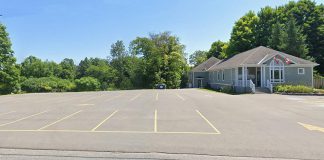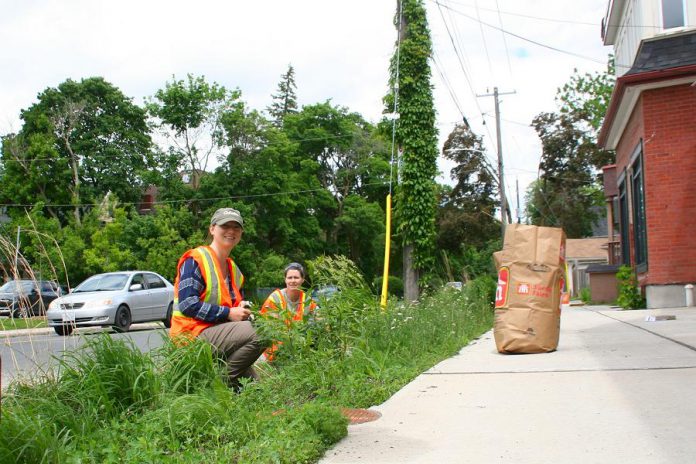
This summer has seen hot temperatures and low rainfall, causing a drought similar to the one we experienced in 2016. On the other hand, heavy rainfall in June 2002 and July 2004 resulted in major flooding in Peterborough, causing millions of dollars in damage.
Human-caused climate change is creating more extreme droughts and rainfall events, according to the Intergovernmental Panel on Climate Change. If you’re wondering how increasingly irregular precipitation impacts your property, you’re not alone.
Let’s take a look at some options to help better prepare your property for drought and flooding.
Preparing for droughts
Since July 7th, we have been experiencing a Level 2 Low Water Condition — a drought. Otonabee Conservation is responsible for monitoring the water conditions throughout the Otonabee River watershed and informing the public about drought and flood risks.
In the case of a Level 2 drought, all residents in Peterborough are asked to reduce their water usage by 20 per cent.
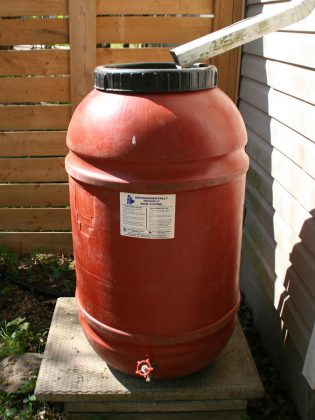
The best place to start conserving water is outside. In the summer, activities like watering lawns can increase outdoor water use by 20 to 25 per cent. In an effort to ease the demand, Peterborough Utilities Group restricts lawn watering between June 1st and August 31st annually. Things like letting your lawn go dormant (yellow or brown) in the summer by not watering is a great way to cut back on water use. Don’t worry, your grass will return when it rains.
GreenUP, with support from Peterborough Utilities Group, recognizes homes and businesses who make Water Wise landscaping choices. Water saving methods in your front yard that are eligible for the Water Wise program include capturing rain using a rain barrel; having one or more trees for shade; allowing the lawn to go dormant (yellow or brown) in the summer; gardening with drought tolerant, native species; using mulch in garden spaces and using a drip or soaker hose.
Recognized participants receive a lawn sign for their Water Wise actions and are invited to a series of program events and workshops, not to mention that they often inspire neighbourhoods to join in water conservation.
Want to be Water Wise? GreenUP is offering free online workshops to get you started. On Wednesday, September 9th, we are hosting a workshop on “Lawn Care for Water Conservation”, and on Wednesday, October 7th, our workshop will cover “No-Dig Gardening: Preparing a garden without breaking your back”. Both workshops will be held at 11 a.m. and require registration in advance. For details on these and other workshops, visit the GreenUP events calendar.
Another option to help you get started is to purchase a Water Wise Garden Kit through the GreenUP website, which will be available for pickup at Ecology Park in September. This kit features 17 drought-tolerant plants (seven species), and a planting guide for $100. This is an easy and user-friendly way to get your drought-tolerant garden started, and saves $18 if you were to buy all 17 plants individually. Be sure to order your kit soon as they are only available for purchase until Friday, August 28th.
Preparing for floods
After the 2004 flood, the City of Peterborough commissioned UMA Engineering Ltd. (now AECOM Ltd.) to develop a flood reduction master plan. The plan made recommendations for infrastructure improvements that would handle heavy rainfall more effectively. These recommendations included disconnecting roof downspouts from the sanitary sewer system, replacing culverts and pipes with larger ones, and diverting rainwater from the storm sewer system.
To date, the city has already undertaken some larger infrastructure projects, including improvements to the storm sewer systems in the Curtis Creek and Jackson Creek neighbourhoods.
We often hear from folks who want to take action on their property so they can be ready for rain. Surprisingly, many of the solutions to drought are also solutions for flood conditions. Two of the most popular things you can do when there is too much rain is to install a rain barrel and plant a rain garden.
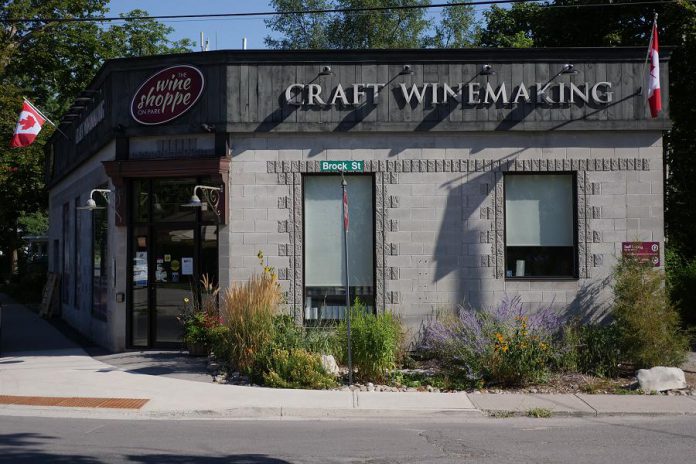
A rain barrel is great to capture water for use during dry days, but it also slows down the pace of rain as it exits your downspout. This provides some relief to infrastructure, by allowing the ground more time to absorb the rain.
In 2020, the City of Peterborough, in partnership with GreenUP, launched the Rain Garden Subsidy Program to encourage homeowners to install a rain garden. Rain gardens are designed to absorb rainwater more efficiently than conventional gardens.
“We are still accepting applications for the 2020 rain garden subsidy and we encourage everyone interested to please apply,” says Curtis Mei, stormwater systems co-ordinator with the City of Peterborough. “The application is fairly simple, and we are happy to guide interested participants through the process every step of the way.”
The first 50 homeowners to apply can receive a subsidy of up to $500 each towards installing a rain garden.
With these ideas in mind, we invite you to take part in our upcoming Water Wise and Rain Garden workshops, purchase a Water Wise Garden Kit, or start your own rain garden installation on your property. Your landscaping choices can include beautiful gardens that help conserve water even as we face increasingly extreme droughts and rainfall events.
To nominate your front yard, or a friend’s or neighbour’s, visit greenup.on.ca/water-wise.
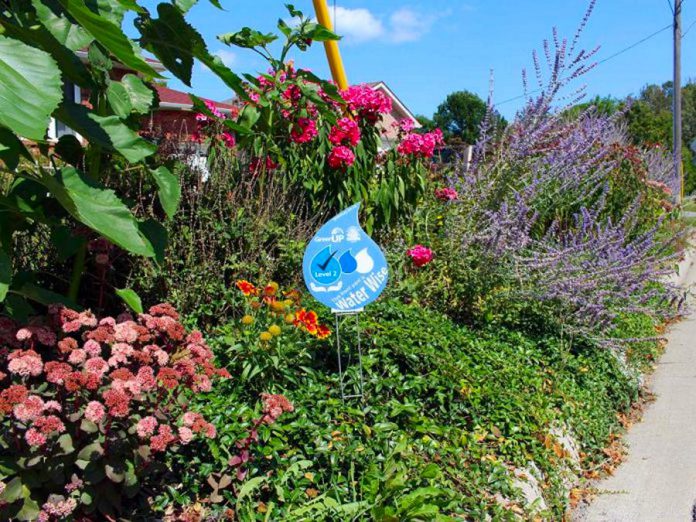
To learn more about rain gardens and the Rain Garden Subsidy Program, visit the City of Peterborough’s website at peterborough.ca/en/city-services/rain-garden-subsidy.aspx or GreenUP’s website at greenup.on.ca/program/ready-for-rain-peterborough/.
If you would like more information about how to manage drought and rain on your property, email Jenn McCallum, GreenUP’s water programs coordinator, at jenn.mccallum@greenup.on.ca.


























